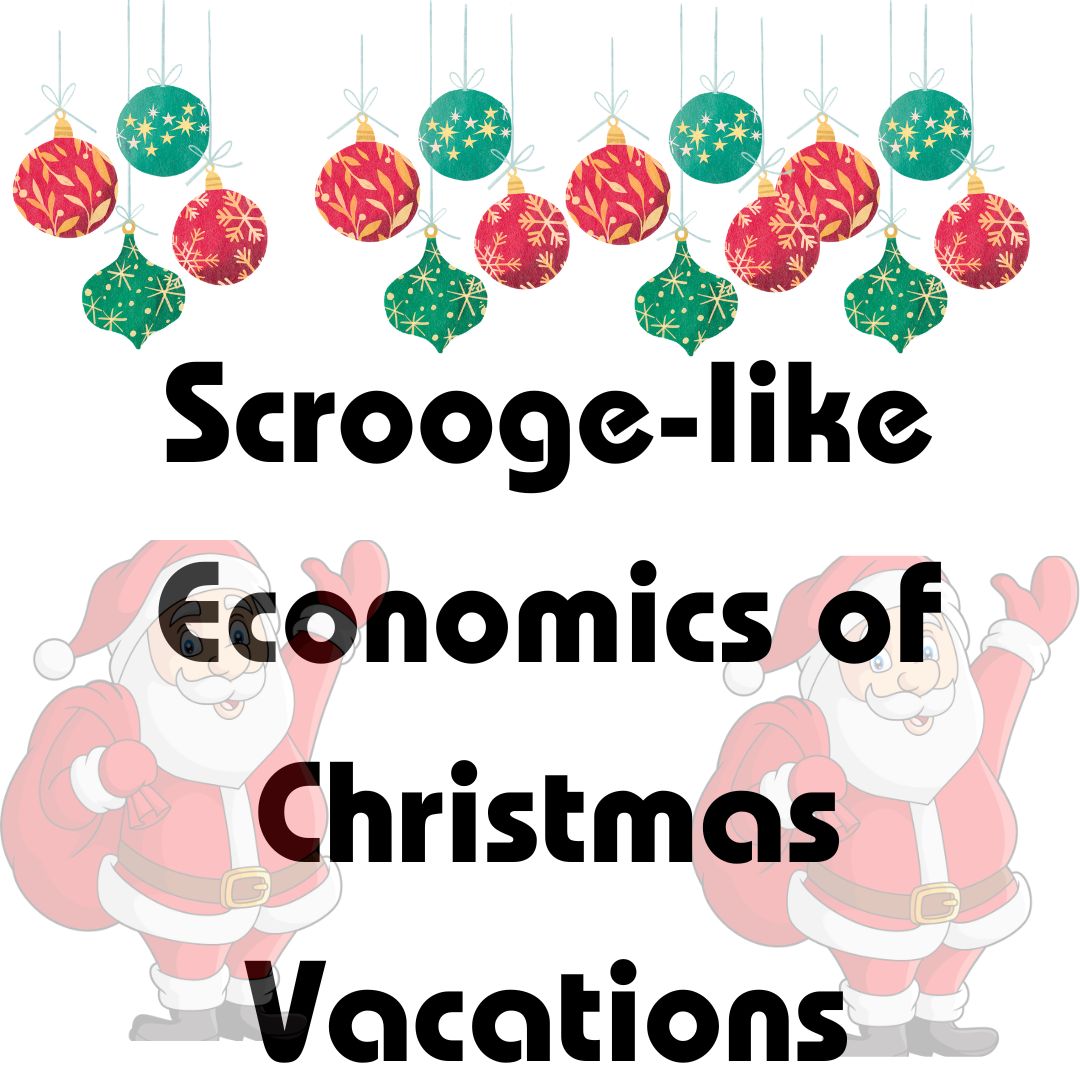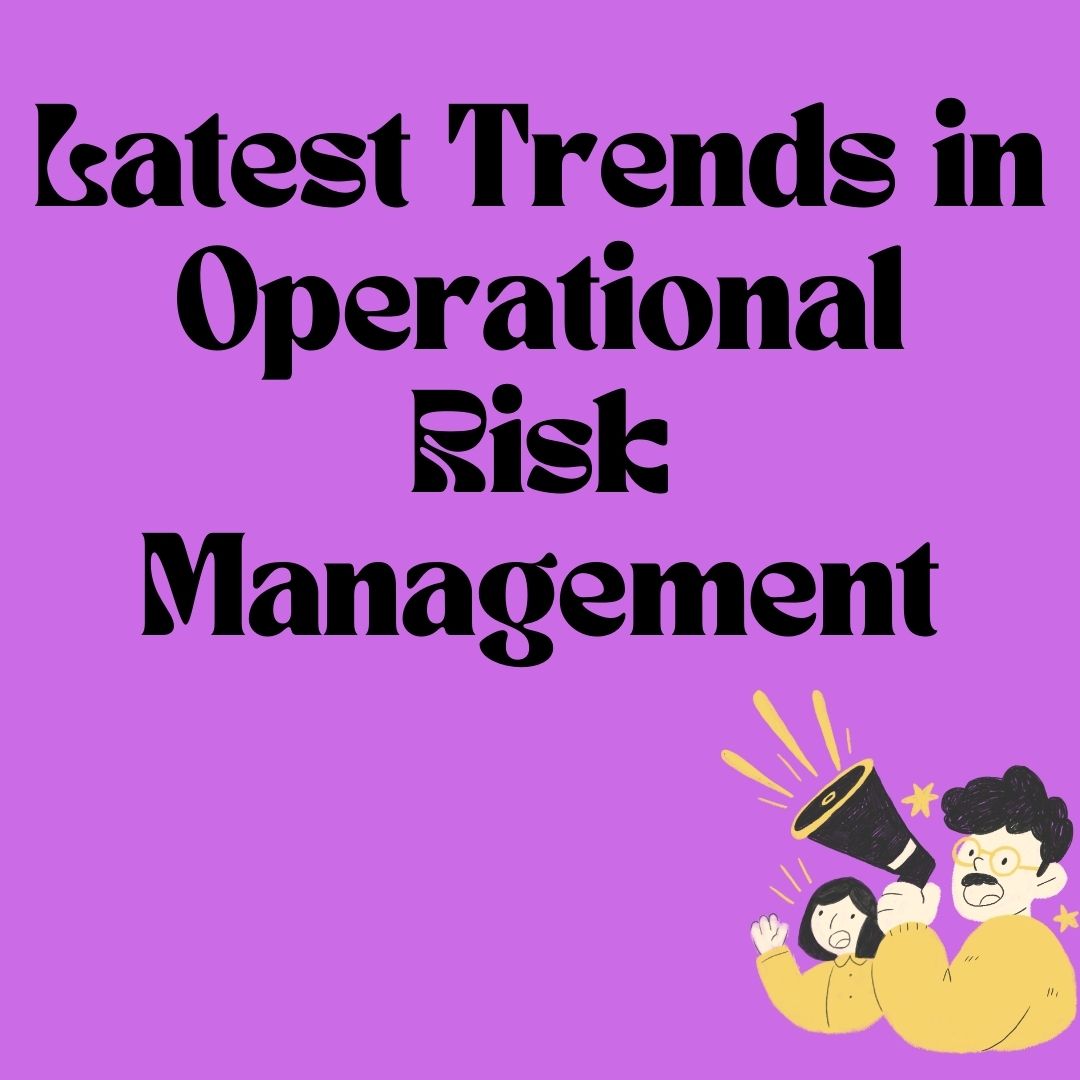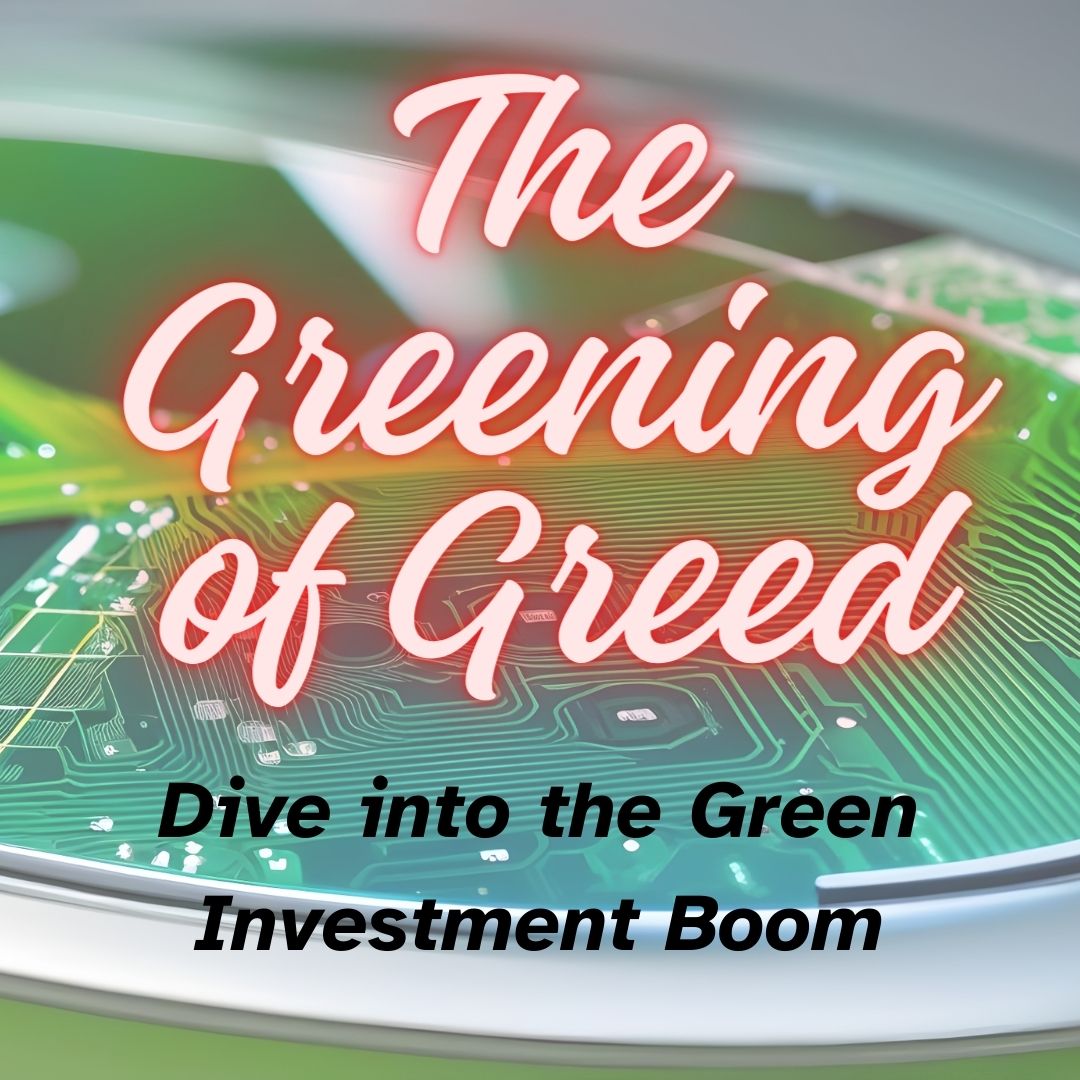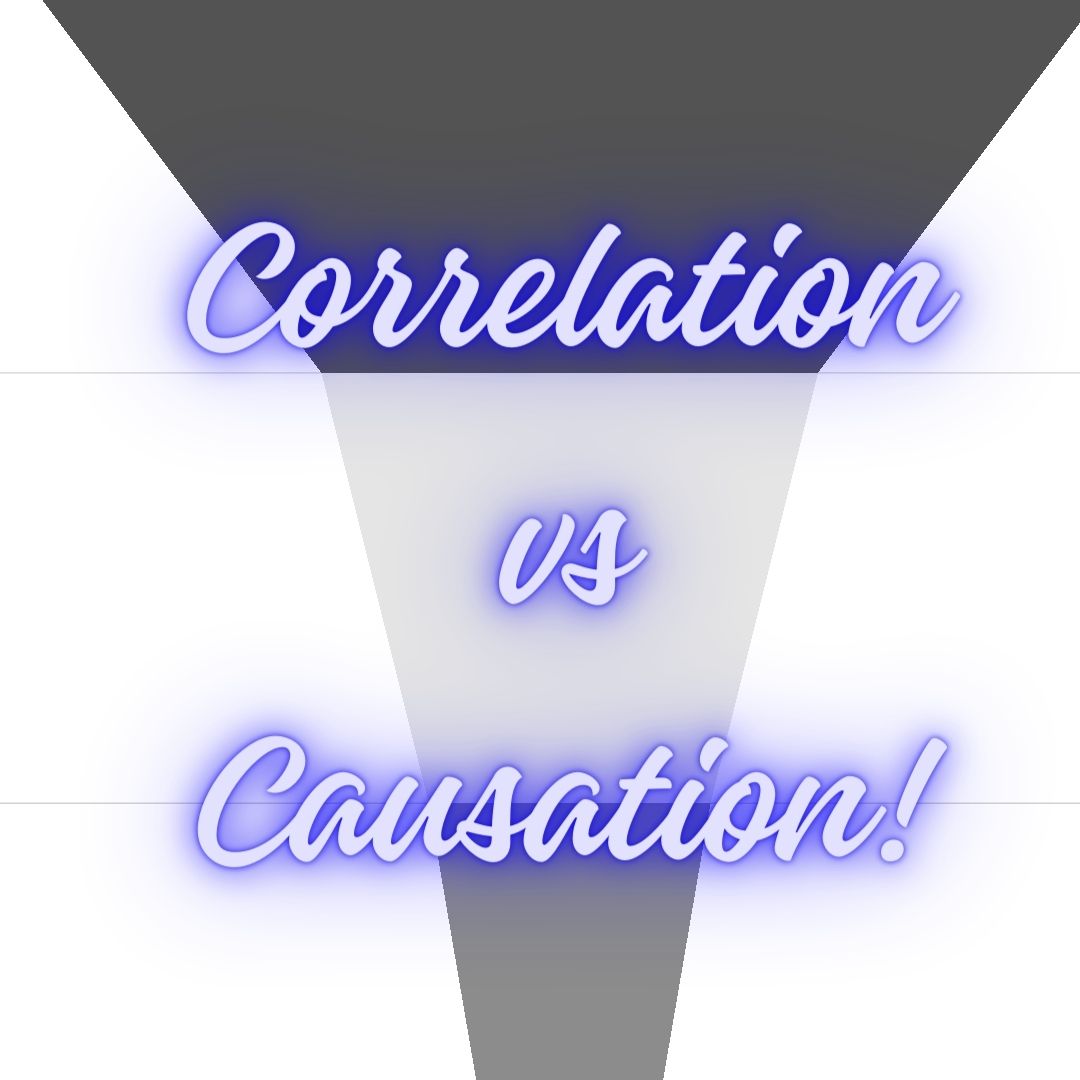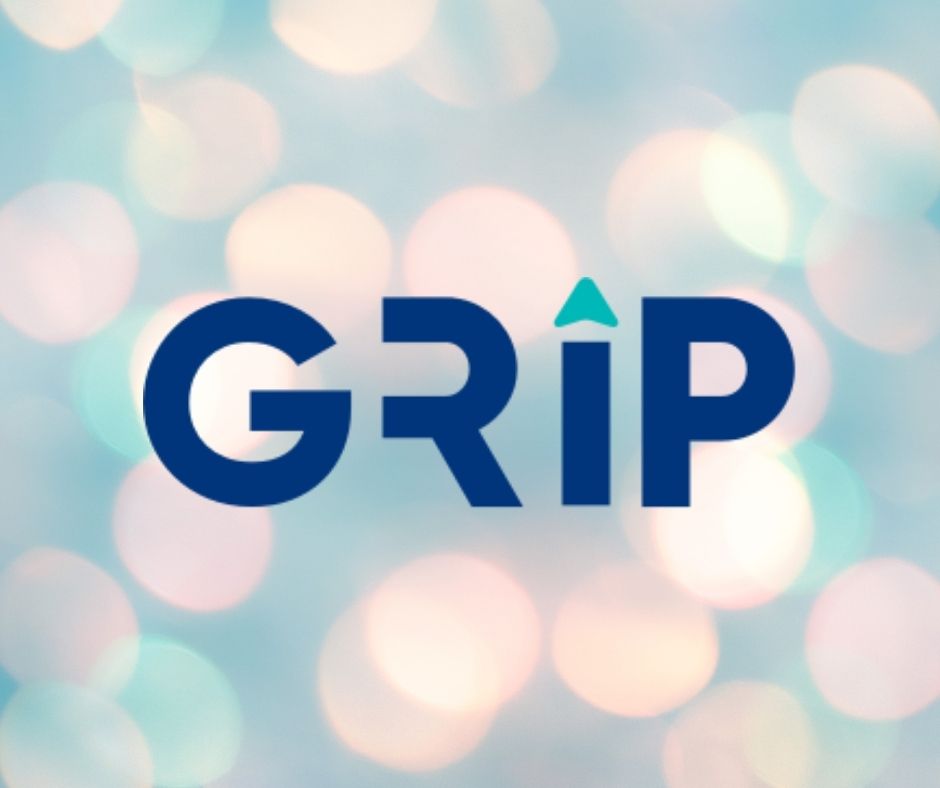CAPM: “Capital Asset Pricing Model” Explained
- 22 April 2020 | 3301 Views | By Mint2Save
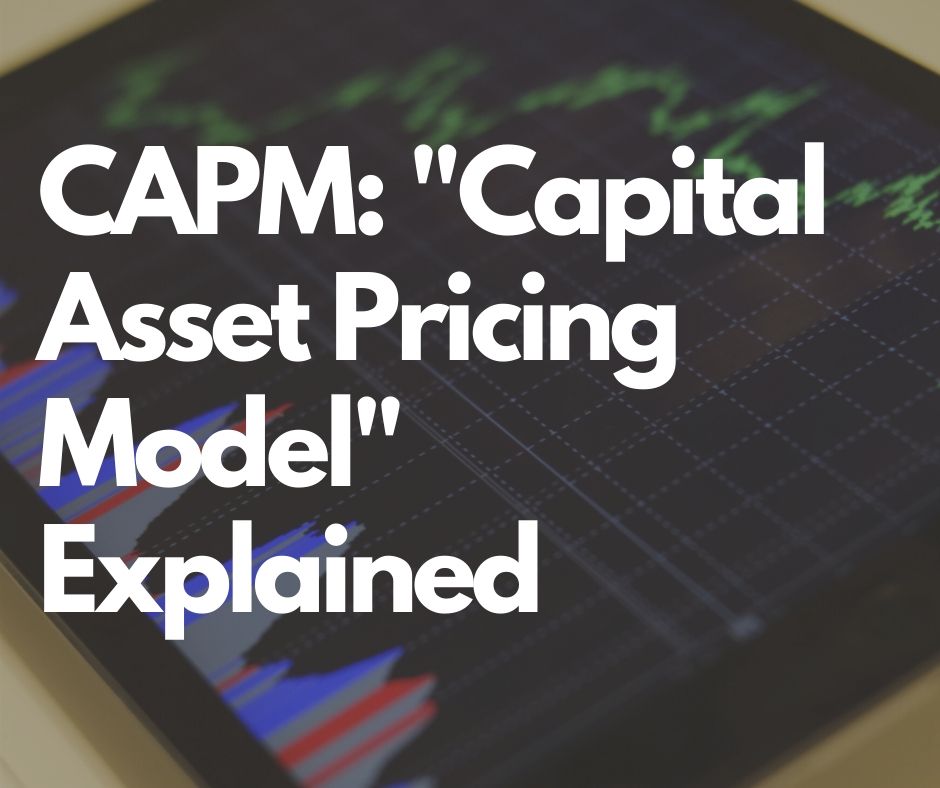
The Capital Asset Pricing Model (CAPM) was first introduced by Jack Treynor, William F. Sharpe, John Lintner, and Jan Mossin. CAPM formulates the alliance held between standardized risk and anticipated returns and provokes decisions of reinforcing assets to an assorted portfolio.
It is manipulated for financial aspects of amounting to risky securities. Thus, it results in inducing anticipated returns by lending out the risk associated with the assets and cost of capital.
What is Capital Asset Pricing Model?
The CAPM is a classification for pricing a portfolio. The security market line is employed for individual security to indicate how the market prices individual securities’ association to security risk.

In relation to the market, SML facilitates the reward and risk ratio for any asset. Accordingly, the anticipated rate of return is reduced with its beta coefficient, the Individual securities reward-to-risk ratio in the market is proportionate to the market reward-to-risk ratio.
Acknowledging the Capital Asset Pricing Model (CAPM): The exact formula for calculating the anticipated return of an asset with its associated risk:

The anticipated market rate of return is rated by calculating the arithmetic average of the historical returns on a market portfolio (e.g. S&P 500).
The risk-free rate of return used for risk premium is the arithmetic average of historical risk-free rates of return and not the current risk-free rate of return.
For the time value of money and associated risk, the investor foresees to be equalized.
What are two primary benefits of the Capital Asset Pricing Model?
CAPM formula offers the following two benefits:
(a) Risk-free rate reports for the time value of money.
(b) Other factors such as beta and market returns, detail the investor with the associated risk.
What is beta in Capital Asset Pricing Model?
Investors’ connectivity towards associated risk adding to a portfolio is actually a measurement for a beta of a potential investment. If a stock or the asset tends to be riskier as that to the market, the beta will be greater than one. Vice versa, if a stock or asset tends to be less risky as that to the market, the beta will be less than one. The respective formula will intimately diminish the risk of a portfolio.
The stock’s beta tends to increase via market risk premium, i.e., the anticipated return from the market above the risk-free rate. The risk-free rate is calculated to the product of the stock’s beta and the market risk premium. The investor obtains the estimated return or discount rate used to disclose the value of an asset.
To examine whether a stock or asset is lawfully valued at the time its risk and the time value of money are correlated to its anticipated return, the objective of the CAPM.
How the Capital Asset Pricing Model Work?
Let us consider the same with an example. An investor is investigating a stock worth $100 per share today that pays a 3% annual dividend. The stock has a beta correlated to the market of 1.3, which implies it is risky that of the market portfolio. Furthermore, the risk-free rate is 3% and the investor predicts the market to expand by 8% per year.
According to CAPM the anticipated return of the stock tends to be 9.5%:
9.5%=3%+1.3×(8%−3%)
With respect to CAPM formula, the anticipated return is employed in order to discount the anticipated dividends and capital appreciation of the stock over the normal duration. As the discounted value of the forthcoming cash flows is balanced to $100 the CAPM formula demonstrates the stock is relatively valued proximate to risk.
Assumption Based Concept
The CAPM holds various assumptions that do not hold good. Despite the fact being that the CAPM formula is vastly employed as it is simple and enables easy comparisons of investment alternatives.
The measurement of risk by a stock’s price volatility, via enrollment of beta. Still, the price work out in both ways is not equally risky. As stock returns (and risk) are uncommonly circulated, stock volatility tends to non-standard
What is not included in Capital Asset?
The CAPM speculates the risk-free rate to be continued as a constant over the discounting moment. The earlier example where the interest rate on U.S. Treasury bonds increased by 5% or 6% during the 10-years duration. An increase in the risk-free rate increases the cost of the capital employed during investment, effecting a stock to gaze overvaluation.
The market portfolio is not the asset that performs the investing function in any stock, it is manipulated to reveal the market risk premium and is a theoretical value. The investors consume stock indexes, like the S&P 500, in order to replace the market, leading to a faulty comparison.
The CAPM assumption of calculating the forthcoming cash flows for the discounting process is quite crucial. The CAPM would not be essential for the investor calculating the future return of a stock with a sufficient equivalence.
Employing CAPM to carve a portfolio is presumed to assist the investor to govern the risk. The investor uses the CAPM to optimize a portfolio’s return relative to risk, it will relatively occur on a curve called the efficient frontier.
Why is Capital Asset Pricing Model Important?
The analyses of the CAPM and assumption behind its use in portfolio formation is difficult to recognize. Nevertheless, employing the CAPM as a tool to assess future goals or to administer comparisons can have some value.
A Counselor adding a stock to a portfolio with a $100 share price. He employs the CAPM to get the price with a 13% discount rate. The counsellor’s investment manager describes the information in relation to the company’s former achievement and the counterparts to glimpse if a return of 13% is a satisfactory expectation.
The counterpart group’s performance within the years was a little reasonable than 10% as the stock always underperformed by 9% returns. The investment manager must avoid the counselor’s proposal without any explanation for rising in anticipated return.
In order to examine the portfolio correlated with the market, the investor needs to employ the CAPM and efficient frontier.
For example, An investor’s portfolio returned 10% per year for the last three years with a standard deviation of returns of 10%. Nonetheless, the market averages returned 10% for the last three years with a risk of 8%.
The investor employs the statement in order to reconsider how the portfolio is designed and the owner may not hold on the SML. It recognizes why the investor’s portfolio is to the right of the CML. The holdings that boosted the portfolio’s risk can be specified, the investor can modify in order to rectify returns.
Conclusion
The principles of Modern Portfolio Theory, adopted by CAPM in order to speculate whether security is relatively valued or not. It confides on assumptions that do not hold good, relating to investor behaviors, risk and circulating return, market fundamentals. Yet, the basic theories of CAPM and the correlated efficient frontier assist investors to get clear relationship between anticipated risk and reward. It formulates better and quick decisions making strategy concerning securities to a portfolio. CAPM is relatively based on the theory stating that “Higher the risk, greater the reward”

